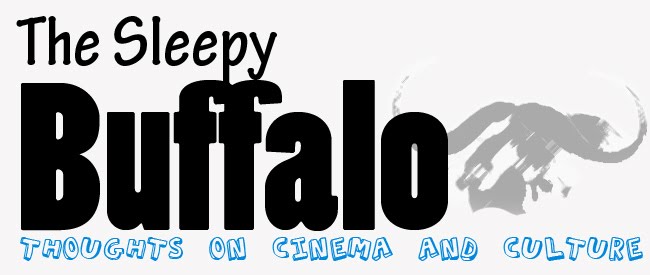
Nothing can quite compare to the pressure a first time director feels when tackling their debut film. It’s an opportunity to put to work all the things they’ve learned from a lifetime of studying their favorite movies and in some cases, years of film school. Usually, the crew is limited and the director finds himself running every aspect of the show. Resources are stretched, money is limited, actors don’t show up or worse, quit half way through the production.
There is also something to be said about the willingness of an audience to accept the aesthetic quality that comes with a true indie film. When friend’s watch your movie, are they going to be able to see the artistry behind your work, or will it be difficult for a generation weened on technical marvels like Cameron’s “Avatar” to feel a connection to the images on the screen. Can they look past the fact that your audio sounds more akin to an FM Radio than a towering Cineplex?
Without question, these inquiries weighed heavy on Ryan Jafri’s mind during his directorial debut, a slick indie short known as “The Cure”. His finished product, however, shows no indication of intimidation or doubt.
“The Cure” begins with some great image work layered with an intense score. An hourglass. A mysterious woman handing an unknown man an envelope. The handgun in the drawer. You understand immediately that you are in for something ominous.
The story follows Kristine Watts, a striking young woman who narrates the film with a voice submerged in deep melancholy. She meets with a mysterious ‘stranger’ who would look right at home in a Scorcese film and the envelope exchange scene we saw earlier in the intro plays out. She tells us that “It all ends, right here”.
The audience is unaware of what ends, exactly, but through the black and white film grain and the gloomy guitar work, it is obvious that these two are involved in something wrong and potentially dangerous. It is interesting to note Jafri’s use of sound, color, and texture do more to tell us what is going on than dialogue could accomplish.
The image of the hourglass appears again to let us know that a countdown has begun. The narration continues as Kristine remembers what her life was like just a few short months before. Slowly we begin to see the tumultuous downward spiral her life has taken.
We also get to follow the stranger after the envelope exchange. To me, much of the film’s depth is added by the ability of this character, played by the wonderfully stoic Douglas Davis. With no lines of dialogue, his character is able to invoke a great sense of mystery and I find myself wanting to follow him even after the film has concluded.
And the conclusion, when it comes, succeeds in leaving the viewer satisfied. For a debut short, “The Cure” manages to show where director Ryan Jafri shines. He understands atmosphere and the importance of tonality and texture. Not just in image, but of sound as well. He also excels in pacing, one of the most important aspects of indie filmmaking. All too often, audiences can become bored or distracted when it comes to the indie circuit. This is not the case with “The Cure” and I found it very easy to watch and just simply enjoyable.

I will point out that while this is obviously not a studio epic, I find it much easier to identify what Jafri does right rather than what the film lacks. This is not always the case when dealing with first time directors.
Ryan Jafri was nice enough to have a conversation with me about the origins of his film and our conversation transcends into a discussion about the indie film universe itself. If you are interested at all in filmmaking, I think you will find some interesting tips here from someone who has lived through his first filmmaking adventure.
Click Here for my conversation with “The Cure” director, Ryan Jafri!
And please, check out Ryan Jafri's other works in progress as well as “The Cure” at Jafri Pictures!








